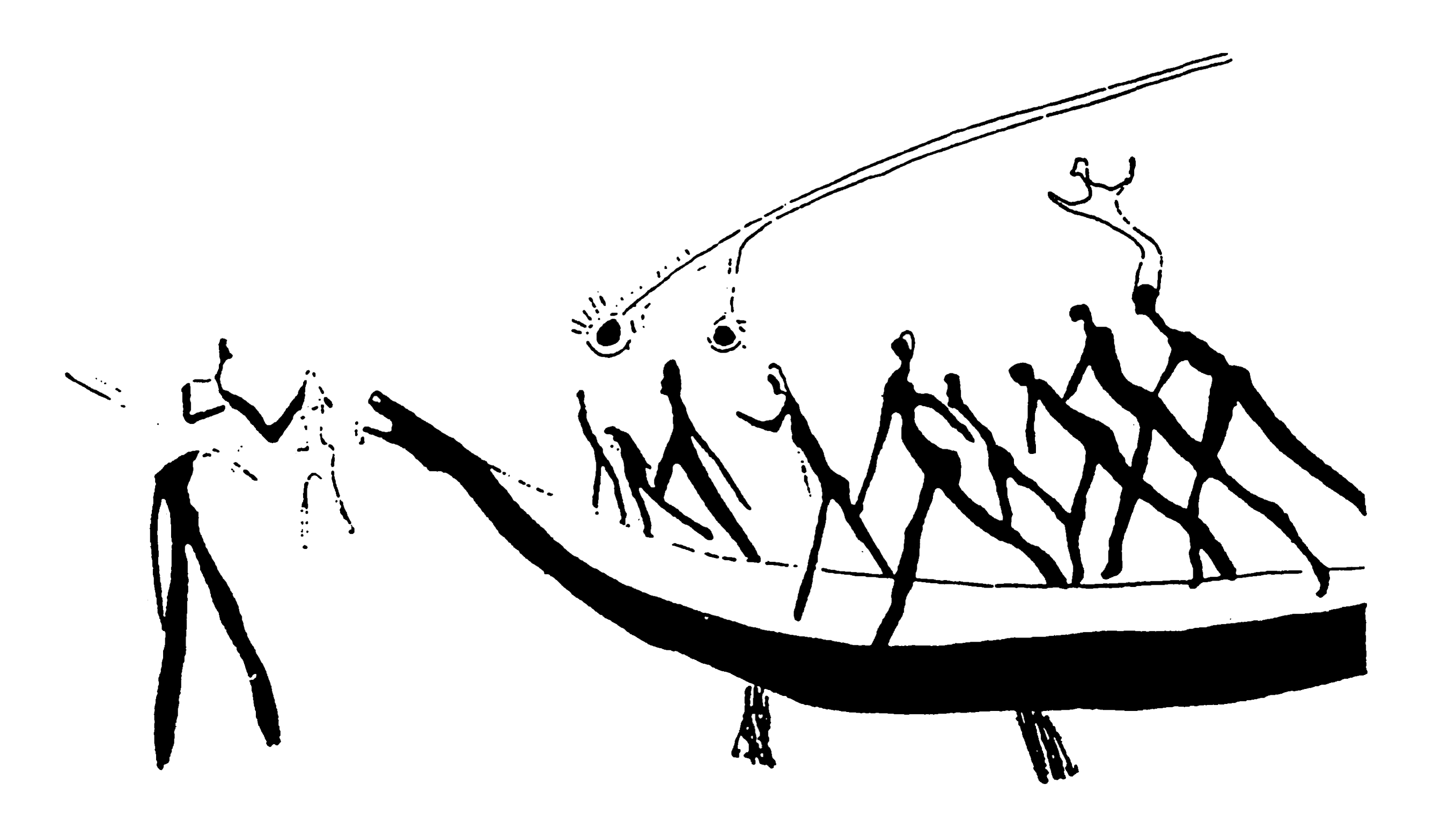The use of this code, once designed to defer preferential treatment, has since been abolished by the Ministry of Home and Cultural Affairs as having no place in the “Second Republic.”
Helene Anne Fisher, “The History of Astronomy and Observatories in South Africa, with Special Reference to the Royal Observatory, Cape of Good Hope: A Bibliography” (University of Cape Town Libraries, 1970), Bibliography.
Brian Warner, Astronomers at the Royal Observatory Cape of Good Hope: An Illustrated History—Mainly 19th Century (Cape Town: A.A. Balkema for University of Cape Town, 1979).
Warner, Astronomers at the Royal Observatory Cape of Good Hope.
Ken Croswell, “The Brightest Red Dwarf,” Sky and Telescope (July 2002), 38.
Ian S. Glass, “Notes about the Cape,” in Nicolas-Louis De La Caille, Astronomer and Geodesist (Oxford University Press, 2013). See also: Huda Tayob, “Unconfessed Architectures,” e-flux Architecture (June 2021), ➝.
Glass, Nicolas-Louis De La Caille.
Glass, Nicolas-Louis De La Caille.
W. Hammond Tooke, “THE STAR LORE OF THE SOUTH AFRICAN NATIVES,” Transactions of the South African Philosophical Society 5, no. 2, (1886): 304–312, ➝.
Tooke, “THE STAR LORE OF THE SOUTH AFRICAN NATIVES,” 307.
Tooke, “THE STAR LORE OF THE SOUTH AFRICAN NATIVES,” 306.
Tooke, “THE STAR LORE OF THE SOUTH AFRICAN NATIVES,” 312.
P. G. Alcock, “African Ethnoastronomy: The Sky and the Stars,’” Astronomical Society of Southern Africa: ➝.
Alcock, “African Ethnoastronomy.”
Rev Father Norton, “Native star names,” South African Journal of Science 6 (1909): 306–309, cited in Thebe Rodney Medupe, "Indigenous Astronomy in Southern Africa," in Handbook of Archaeoastronomy and Ethnoastronomy, ed. Clive L.N. Ruggles (New York: Springer, 2015), 1031–1036, ➝.
Southern Africa here is defined by Medupe as covering the areas of Namibia, Botswana, South Africa, Lesotho, Swaziland, and Zimbabwe. Medupe, “Indigenous Astronomy in Southern Africa.”
H. Callaway, The Religious System of the Amazulu (Cape Town: C. Struik, 1970), cited in Medupe, “Indigenous Astronomy in Southern Africa.”
H. H. J. Lambert, “The Monze Meteorite,” Northern Rhodesia Journal 1, no. 4 (December 1951): 55–61.
Lambert, “The Monze Meteorite,” 55–61.
Lambert, “The Monze Meteorite,” 55–61.
Lambert, “The Monze Meteorite,” 55–61, emphasis original. In the context of 1950, reference to "the World Situation" here likely refers to early Cold War tensions, including the recently begun Korean War, escalating nuclear concerns between the Soviet Union and United States, and especially pertinent for the community of settlers in Rhodesia, colonial systems throughout Africa and Asia facing increasing pressure and beginning to fracture with independence movements gaining momentum.
Lambert, “The Monze Meteorite,” 55–61.
B. Lightfoot, A. M. Macgregor, and E. Golding, “The Meteoric Stone Seen to Fall in the Mangwendi Native Reserves, Southern Rhodesia, on March 7, 1934,” Mineralogical Magazine 24, no. 148 (March 1935): 1–12.
Lightfoot, Macgregor, Golding, “The Meteoric Stone,” 1–12.
Keith Snedegar, “Astronomical Practices in Africa South of the Sahara,” in Astronomy Across Cultures, eds. Helaine Selin and Sun Xiaochun (Dordrecht, Netherlands: Springer, 2000), 455–473, ➝.
Snedegar, “Astronomical Practices in Africa South of the Sahara,” 455–473.
Snedegar, “Astronomical Practices in Africa South of the Sahara,” 455–473.
Jonathan Jacob Moore, “Starships and Slave Ships: Black Ontology and the UFO Abduction Phenomenon," Qui Parle 31, no. 1 (June 2022): 143–158.
Richard Slotkin, Regeneration through Violence: The Mythology of the American Frontier, 1600–1860 (Norman: University of Oklahoma Press, 2000). Cited in Moore, “Starships and Slave Ships,” 143–158.
Michael Sturma, “Aliens and Indians: A Comparison of Abduction and Captivity Narratives,” Journal of Popular Culture 36, no. 2 (2002): 318–34. Cited in Moore, “Starships and Slave Ships,” 143–158.
I explored this history earlier, in 2023, in a performance at Somerset House, London, at the invitation of Rosa-Johan Uddoh. See: “Ye Olde Performance by Rosa-Johan Uddoh with Thandi Loewenson and Shola von Reinhold.”
Cynthia Hind, “The Children of Ariel School Ruwa, Zimbabwe, Case no. 96” UFO Afrinews no. 11 (February 1995): 19–23.
Moore, “Starships and Slave Ships,” 143–158.
Hind, “The Children of Ariel School,” 19–23.
Hind, “The Children of Ariel School,” 19–23.
Hind, “Ariel School Report,” 7–14.
Space in Africa, “African Space and Satellite Industry Now Valued at USD 19.49 Billion,” Space in Africa (blog), August 17, 2022, ➝.
African Union Commission (AUC), Department of Human Resources, Science and Technology (HRST), “African Space Policy: Towards Social, Political and Economic Integration” (Addis Ababa: African Union Commission, 2019).
AUC, HRST, “African Space Policy.”
Benjamin Silverstein, “China's Space Dream Is a Legal Nightmare,” Foreign Policy, April 21, 2023, ➝.
Silverstein, “China's Space Dream Is a Legal Nightmare.”
